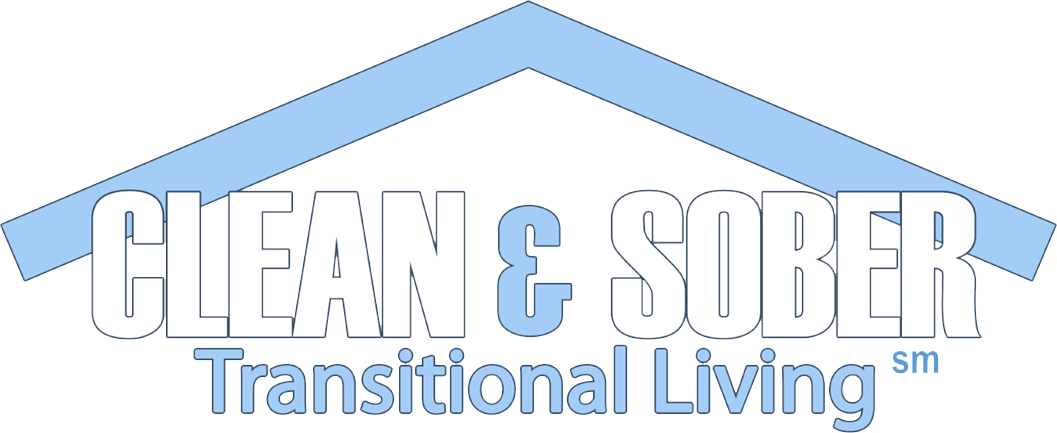As a former CEO, I have always been impressed and respectful of Don Troutman’s unique approach to building CSTL into the premier company in the recovery space. From a peer-driven flat organization to creating an “intentional living “ approach to achieving long-term sobriety, Don’s innovation has separated us from the classic sober living model and companies.
While I understood the concept of intentional living, I never understood how it worked, and therefore, I conducted some research to educate myself better.The following is a summary of that research that I hope you find as enlightening as it did for me as to the power intentional living can have in changing lives.
Intentional living arrangements can be effective in maintaining long-term sobriety for several reasons:
- Alignment with Values and Goals: Intentional living encourages individuals to identify their core values and long-term goals. When sobriety is a central value, intentional living helps align daily choices and behaviors with this value, making it more likely that individuals will prioritize and maintain their sobriety.
- Personalized Approach: Intentional living is highly personalized, allowing individuals to tailor their living situation to support their recovery best. This might involve selecting a living environment that minimizes exposure to triggers or temptations related to substance use.
- Mindfulness and Self-Awareness: Intentional living promotes mindfulness and self-awareness, which can help individuals recognize and manage triggers, cravings, and stressors that could lead to relapse.
- Healthy Routines: Intentional living often includes establishing and maintaining healthy daily routines that support physical and mental well-being, reducing the likelihood of substance use.
- Social Support: Intentional living arrangements may involve being part of a supportive community or network of individuals who share similar values and goals, providing encouragement and accountability in maintaining sobriety.
- Goal Setting and Accountability: Intentional living can involve setting specific, achievable goals related to sobriety and holding oneself accountable for progress, which can be essential in maintaining recovery.
- Positive Reinforcement: By intentionally creating an environment that supports sobriety, individuals receive positive reinforcement for their commitment to recovery, making it more likely that they will continue the path of sobriety.
- Emotional and Psychological Well-Being: Intentional living can also encompass aspects of emotional and psychological well-being, addressing underlying issues that may contribute to substance use and offering healthier coping mechanisms.
Overall, intentional living empowers individuals to take control of their living situation and make purposeful choices that are conducive to maintaining long-term sobriety. By incorporating sobriety as a central value within this framework, individuals can create a lifestyle that supports their commitment to recovery and minimizes the risk of relapse.
